Standing water in a dishwasher is not only unsanitary but also a sign of a potential problem that needs attention. If you’ve ever dealt with this issue, you know how frustrating it can be. However, fear not! In this blog post, we’ll explore effective ways to get rid of standing water in your dishwasher and ensure it runs smoothly. We’ll delve into common causes of standing water, such as clogged filters, drainage issues, or malfunctioning components. Understanding the root cause is crucial to finding the right solution. From simple DIY fixes like cleaning the filter and checking the drain hose to more complex tasks like examining the pump or seeking professional help, we’ll cover various strategies to tackle this common dishwasher dilemma.
Importance of How To Get Rid of Standing Water In Dishwasher
Prevents Mold and Bacteria Growth
Standing water provides an ideal environment for mold and bacteria to thrive. These microorganisms can not only cause unpleasant odors but also pose health risks to your family, potentially contaminating your dishes and utensils.
Protects Appliance Health
Allowing water to sit in the dishwasher for extended periods can lead to corrosion and damage to its components. Regularly addressing standing water issues helps prolong the life of your dishwasher. Ensuring it operates efficiently for as long as possible.
Ensures Effective Cleaning
A dishwasher that doesn’t drain properly may not clean your dishes effectively. Standing water can lead to residues and food particles being left on dishes, requiring you to wash them again, thereby wasting water and energy.
Avoids Attracting Pests
Pools of standing water can attract pests such as insects and rodents, which are drawn to moisture and food particles. By eliminating standing water, you reduce the likelihood of pest infestations in your home.
Saves Money on Repairs
Addressing standing water promptly can prevent more serious issues that are costly to repair. Regular maintenance and cleaning can help you avoid the need for professional repairs or even the replacement of your dishwasher.
Here’s How To Get Rid of Standing Water In Dishwasher
Check the Drain Hose
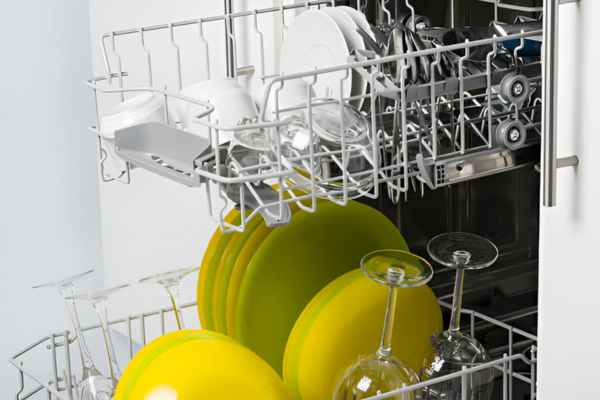
Ensuring the drain hose on your dishwasher is clear and free from blockages is crucial to getting rid of standing water in the appliance. One common culprit for water not draining properly is a clogged or twisted drain hose. To prevent this issue, regularly inspect the hose for any obstructions such as food particles, grease buildup, or debris.
Another tip to keep your dishwasher’s drain hose in top condition is to check the connections at both ends. Sometimes loose connections can cause leaks or hinder proper drainage. Additionally, make sure the hose isn’t kinked or bent, as this can impede the flow of water out of the dishwasher.
Unclog the Air Gap
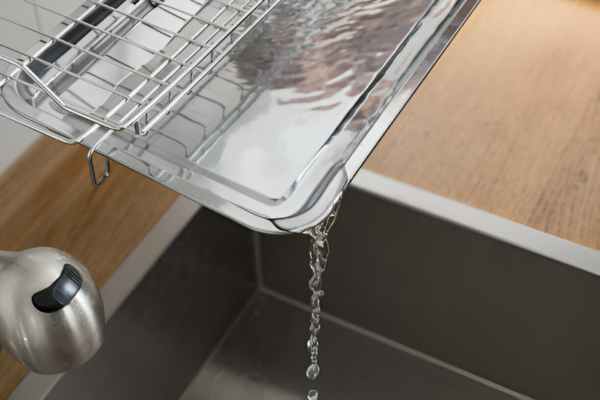
Removing standing water in your dishwasher can be a frustrating task, but unclogging the air gap may just be the solution you need. The air gap is a crucial component that prevents dirty water from backing up into your dishwasher and causing blockages. To unclog it, start by removing the cover of the air gap and checking for any debris or buildup that may be causing the blockage. Use a pipe cleaner or small brush to carefully clean out any obstructions, ensuring that water can flow freely through the device.
Clean the Filter
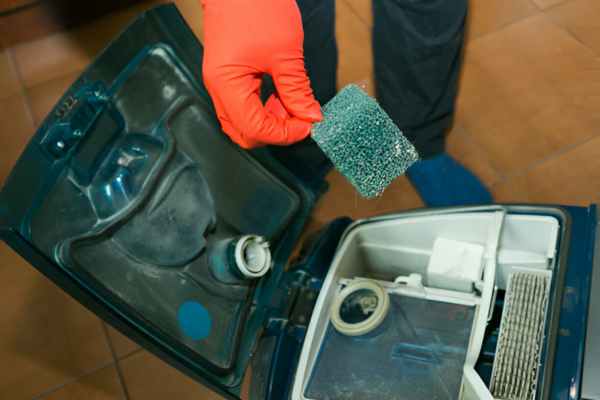
Cleaning the filter in your dishwasher is essential to prevent standing water accumulation, which can lead to unpleasant odors and poor cleaning performance. To effectively get rid of standing water, start by locating the filter at the bottom of the dishwasher and removing any visible debris or food particles. Use a soft brush or cloth to gently scrub away stubborn residue and rinse the filter under running water. Ensure all parts are completely dry before reassembling them back into place.
Inspect the Garbage Disposal
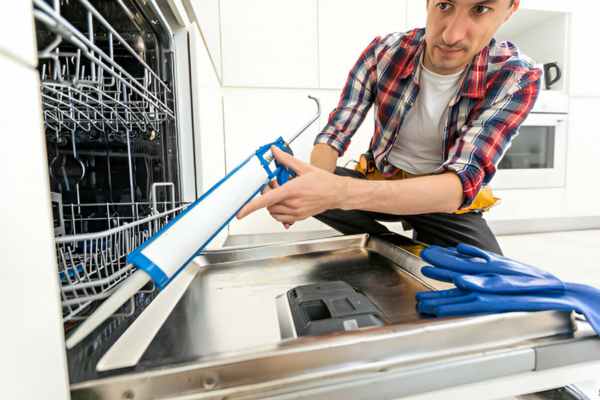
Inspecting the garbage disposal is a crucial step in maintaining your kitchen appliances. One common issue to watch out for is standing water in the dishwasher. Which can be caused by a clogged or malfunctioning garbage disposal. To resolve this, start by checking if there are any visible blockages in the disposal unit that may be preventing proper drainage. Additionally, running cold water while turning on the garbage disposal can help clear out any debris that may be causing the standing water.
Use a Commercial Drain Cleaner
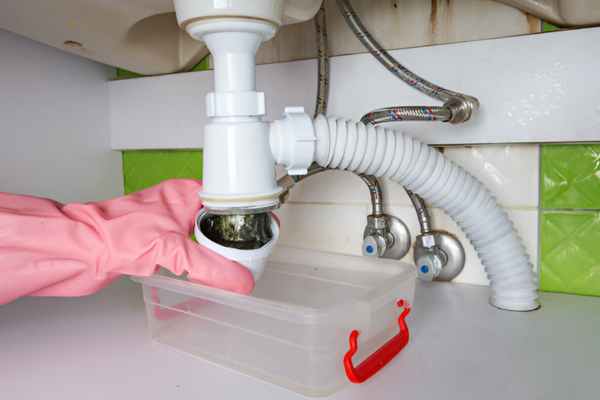
Dealing with standing water in your dishwasher can be frustrating and inconvenient, but using a commercial drain cleaner can help resolve the issue quickly and effectively. Instead of resorting to DIY methods that may not fully clear the clog. A powerful commercial drain cleaner is designed to break down stubborn blockages and restore proper drainage.
One key advantage of using a commercial drain cleaner is its ability to target specific types of clogs, such as grease buildup or food particles stuck in the pipes. This targeted approach can ensure that the underlying cause of the standing water is effectively addressed, preventing future incidents.
Manually Remove Water
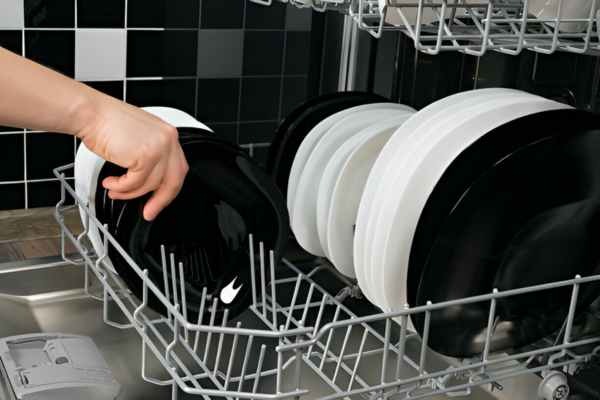
Standing water in a dishwasher can be a messy and frustrating problem to deal with. To manually remove water from the dishwasher, start by locating the drainage pump at the bottom of the appliance. Use a towel or sponge to soak up as much of the standing water as possible before removing the remaining residue with a wet/dry vacuum. Be sure to disconnect power to the dishwasher before attempting any manual removal of water.
Run a Baking Soda and Vinegar Cycle
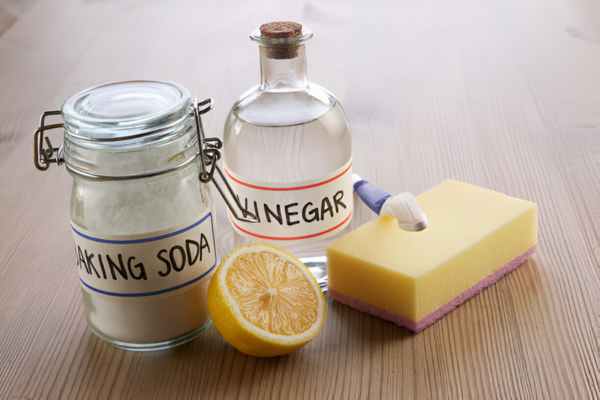
Running a baking soda and vinegar cycle in your dishwasher is a simple yet effective way to get rid of standing water and eliminate any lingering odors. The combination of these two household staples creates a powerful cleaning solution that can break down grease, food particles, and mineral deposits that may be causing the water to pool in your dishwasher. By allowing the mixture to sit for a period of time before running a cycle. You can ensure that it reaches all areas of the machine and helps to unclog any obstructions.
Check the Drain Pump
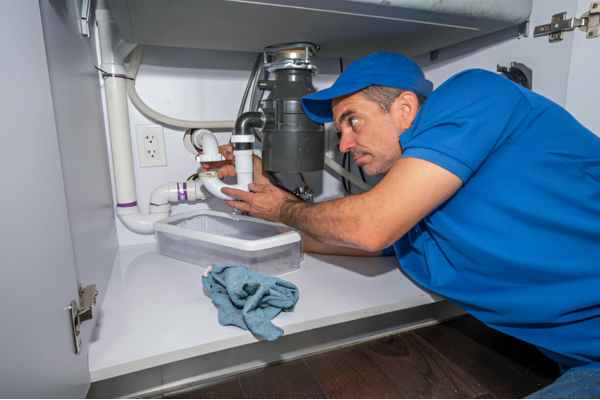
One common issue that can cause standing water in your dishwasher is a malfunctioning drain pump. The drain pump is responsible for removing water from the dishwasher at the end of each cycle. If it becomes clogged or fails to work properly, water can pool at the bottom of the machine. To address this issue, first check for any debris or blockages in the drain pump filter. Clearing out any obstructions may help restore proper drainage and prevent standing water in your dishwasher.
Inspect the Drain Valve
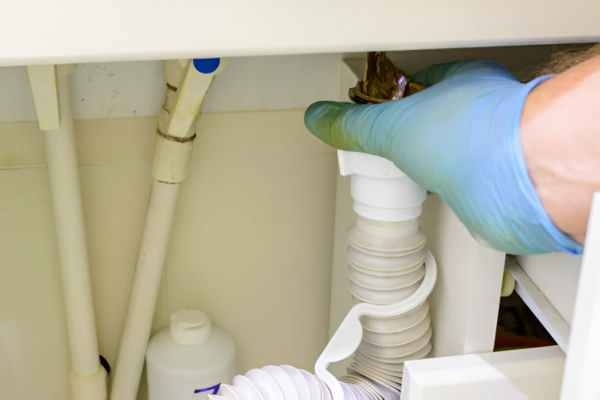
Inspecting the drain valve is a crucial step in getting rid of standing water in your dishwasher. Often, debris and food particles can clog the valve, preventing proper drainage. By regularly checking and cleaning the drain valve, you can ensure smooth water flow and prevent pooling inside the appliance.
To inspect the drain valve, start by locating it at the bottom of the dishwasher tub. Remove any visible debris or buildup that may be obstructing its function. Additionally, check for any signs of wear or damage on the valve itself. A faulty drain valve can lead to water retention and potential leaks in your dishwasher.
How do I get my dishwasher to drain standing water?
Dishwasher is not draining standing water, there are a few steps you can take to troubleshoot the issue. First, check to see if there are any clogs in the drain hose or filter. Remove any debris that may be blocking the flow of water. Next, make sure that the dishwasher’s drain pump is functioning properly by inspecting it for any signs of damage or blockages.
Another common cause of standing water in a dishwasher is a faulty or clogged air gap. This small device prevents backflow of water into the dishwasher and can become clogged over time. Clean the air gap and ensure that it is properly connected to the drain hose.
How do you fix a dishwasher that isn’t draining?
There are a few common reasons why a dishwasher may not be draining properly. First, check the drain hose for any clogs or kinks that could be obstructing the flow of water. You can also inspect the drain pump and filter for any debris that may be blocking the drainage system. Additionally, make sure the garbage disposal is clear if your dishwasher is connected to it.
If these simple checks do not resolve the issue, you may need to reset the dishwasher by turning off the power at the circuit breaker for a few minutes and then turning it back on. If none of these solutions work, it may be best to contact a professional appliance repair service to diagnose and fix the problem with your dishwasher’s drainage system.
The Final Thought
Standing water in a dishwasher can be a frustrating issue to deal with, but by following the steps outlined in this article, you can effectively address the problem. Regular maintenance and cleaning of the dishwasher, checking for clogs in the drain hose and filter, and ensuring proper installation are key factors in preventing standing water. Additionally, using vinegar or baking soda as natural cleaning agents can help keep your dishwasher running smoothly. Remember that consistent upkeep is crucial for maintaining optimal performance and extending the lifespan of your appliance.
